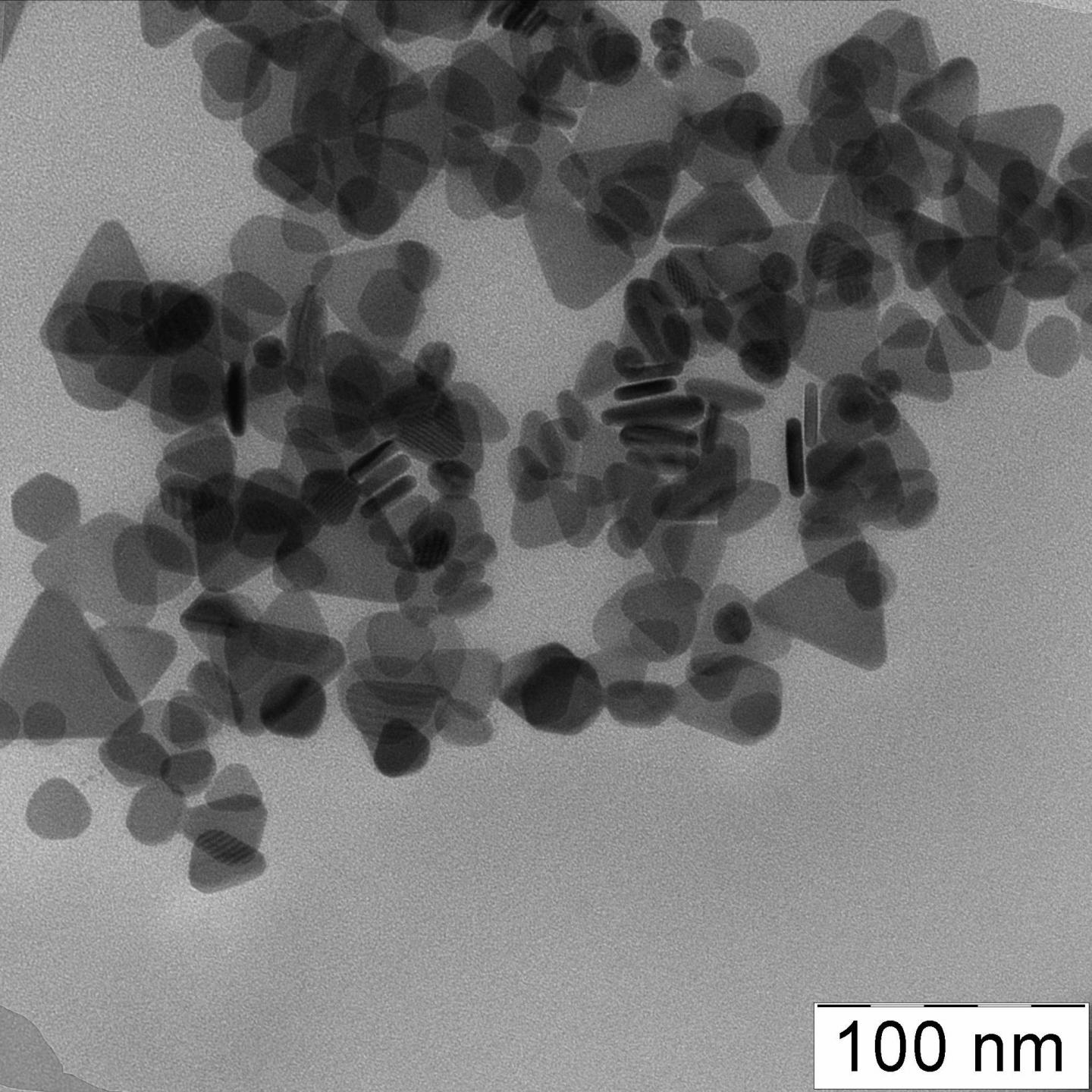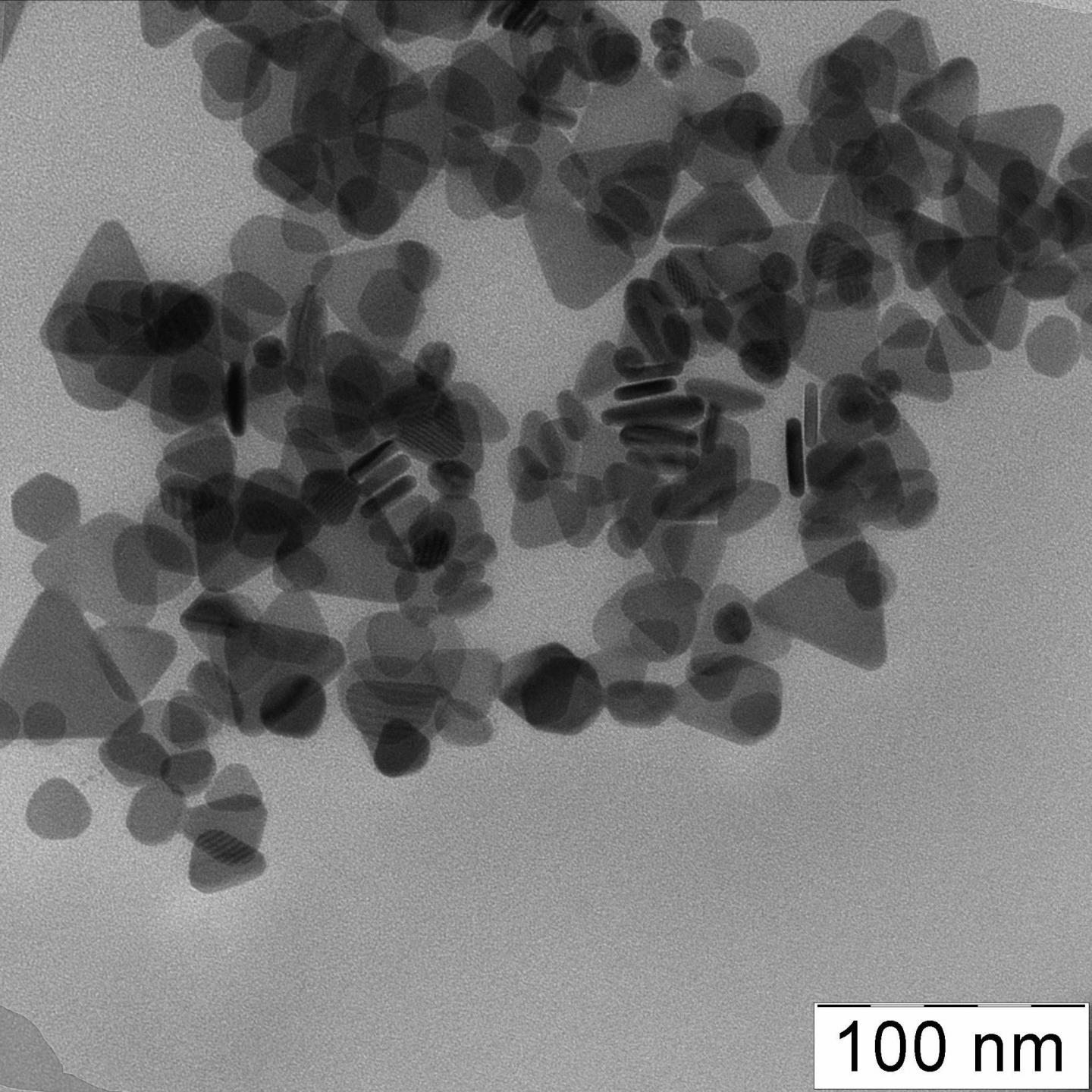
Credit: © NUST MISIS
NUST MISIS scientists and their colleagues from the Russian Academy of Sciences (RAS) have proved the high toxicity of silver nanoparticles by conducting an experiment with embryos of Danio fish (Danio rerio). The research results are published in the Journal of Hazardous Materials.
Silver is a heavy metal and will have toxic properties in the human body in excessive amounts. The number of silver nanoparticles in commercial products has steadily been growing every year, but scientists around the world are actively exploring their impact on the human body and the environment.
"The scientific work conducted by the research team from NUST MISIS, led by Professor Leonid Kustov, head of the NUST MISIS Laboratory of Nanochemistry & Ecology, is part of a large international project on the study of models of nanoparticle toxicity. The research of new nanomaterials carried out as part of this project allows scientists to assess their potential toxic effects on living organisms", — said Alevtina Chernikova, Rector of NUST MISIS.
During the study, scientists mixed a solution of silver nanoparticles (water + nanoparticles) with an incubation medium (salt solution for eggs` development), where Danio rerio embryons were put. The scientists then observed the peculiarities of their development and the morphological deviations on a daily basis.
According to the authors, both forms of silver nanoparticles demonstrated greater toxicity compared to silver ions (AgNO3). At the same time, the flat silver nanoparticles turned out to be even more toxic than the spherical ones.
"The previous studies have explained the toxicity of silver nanoparticles through the presence of silver ions as a result of the partial dissolution of nanoparticles. The results we have obtained allow us to suggest that the toxicity of nanosilver is due to the presence of nanoparticles in samples", — added Natalia Abramenko.
The study's results expand the existing understanding of the effect of nanoparticle characteristics on their toxicity. According to the scientists, they can be used not only in assessing the risks of the introduction of nanomaterials, but also directly in the preparation of the safest nanoparticles.
###
Media Contact
Lyudmila Dozhdikova
[email protected]
7-495-647-2309
http://en.misis.ru/
Original Source
http://en.misis.ru/university/news/science/2018-06/5409/ http://dx.doi.org/10.1016/j.jhazmat.2017.12.060





